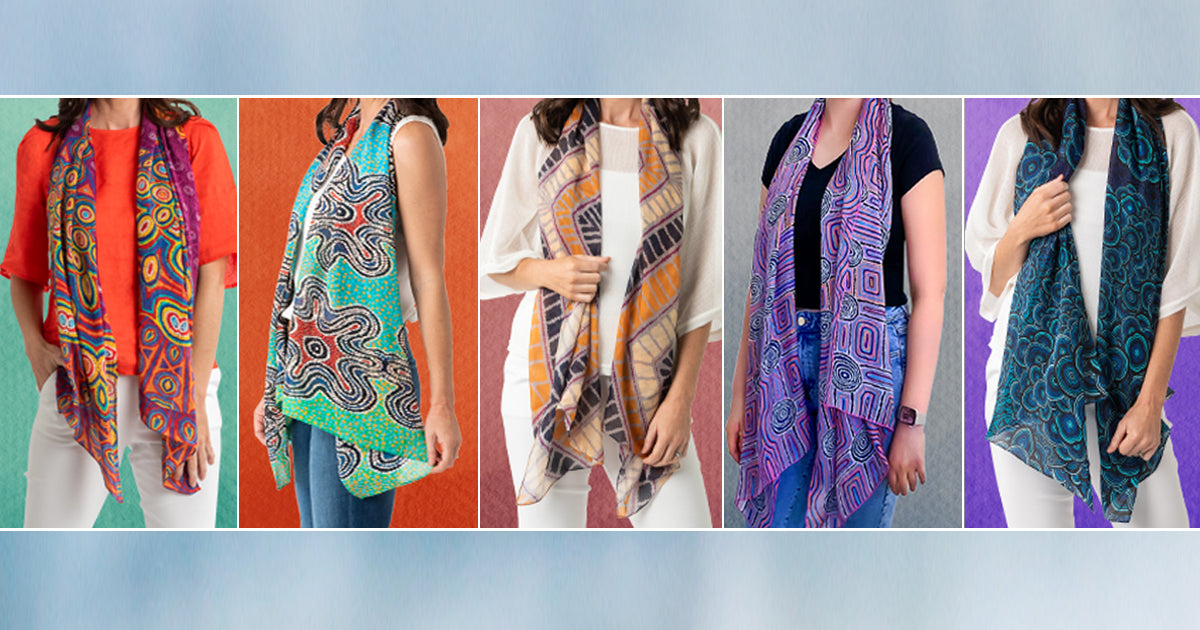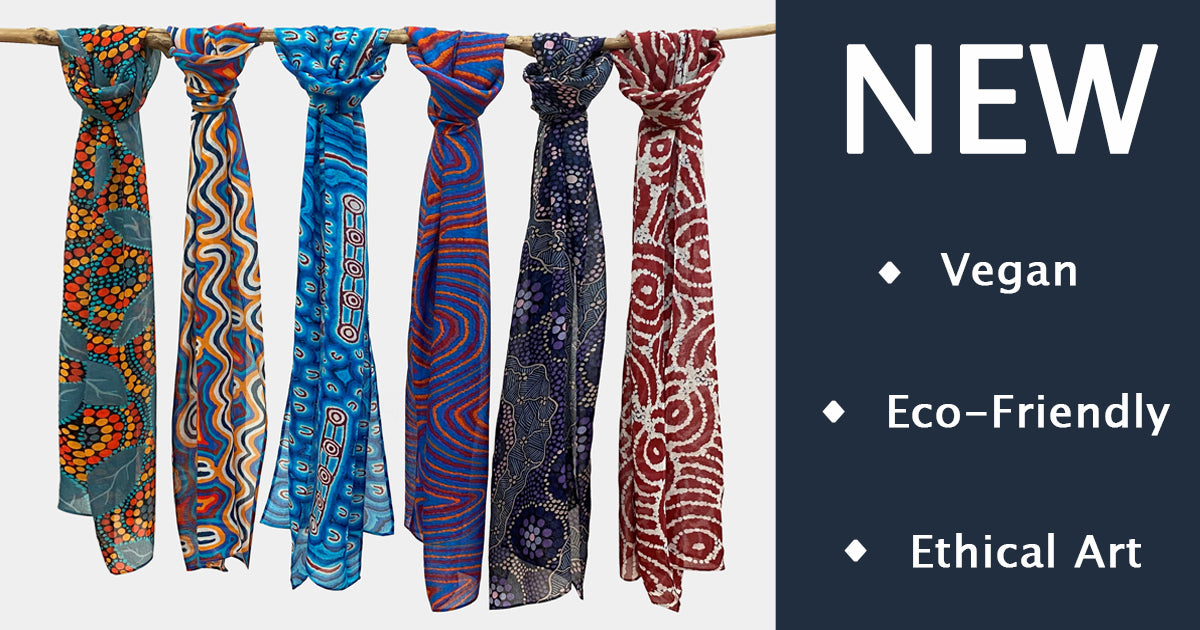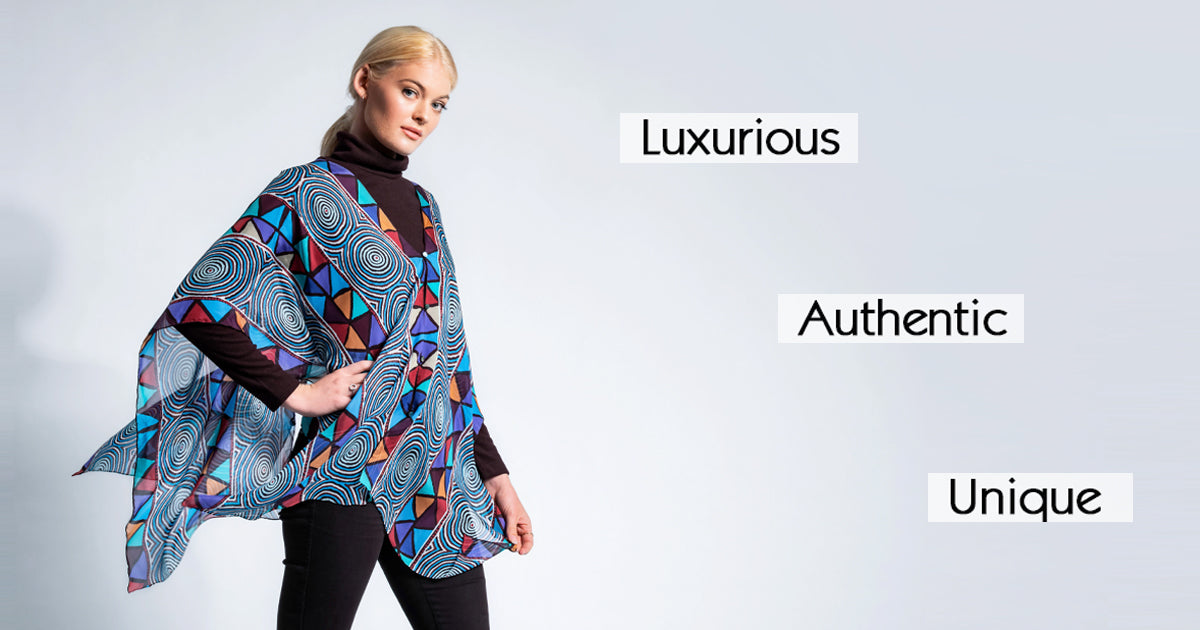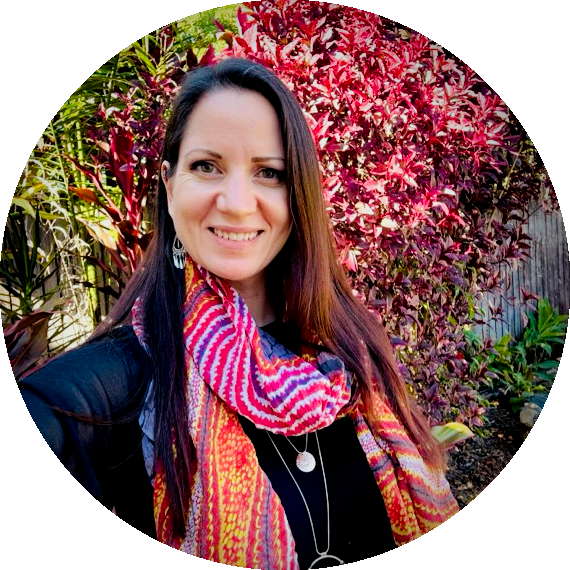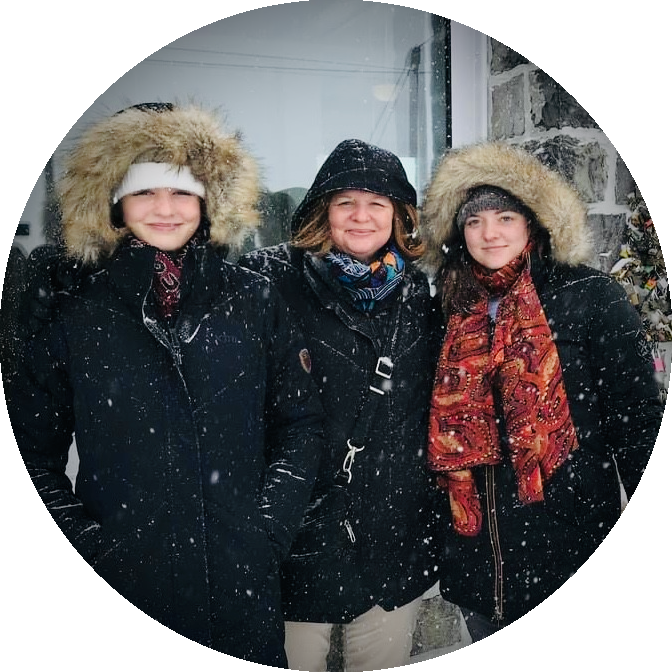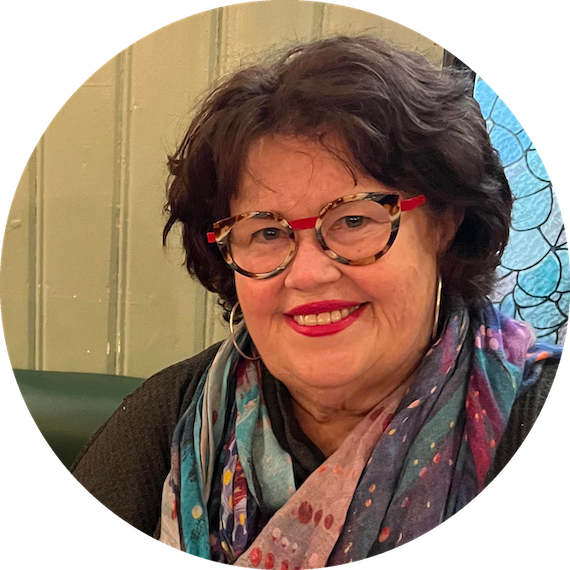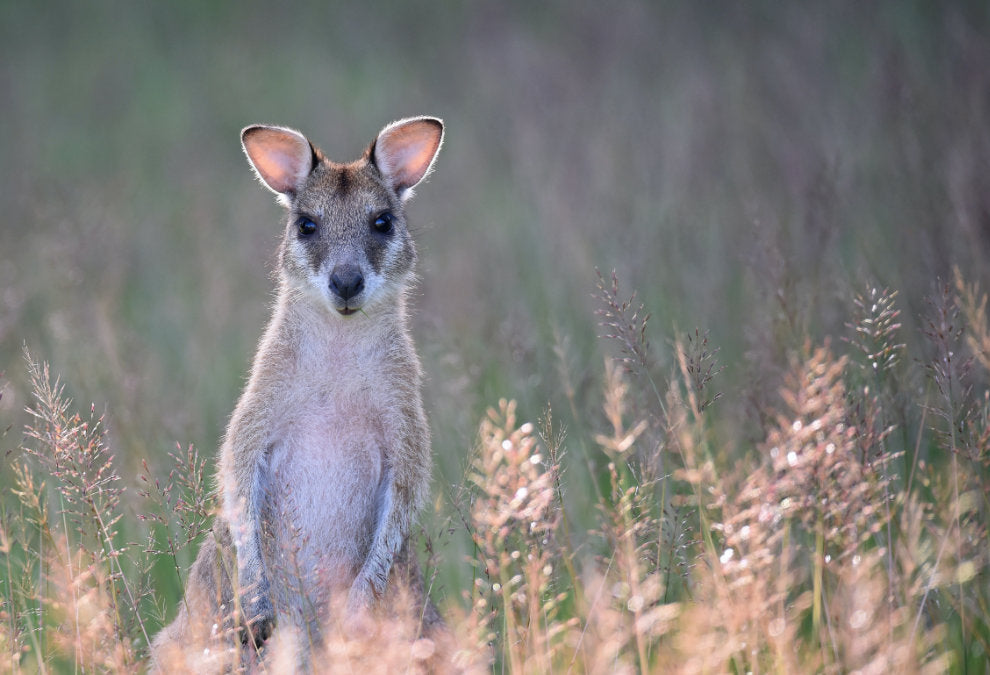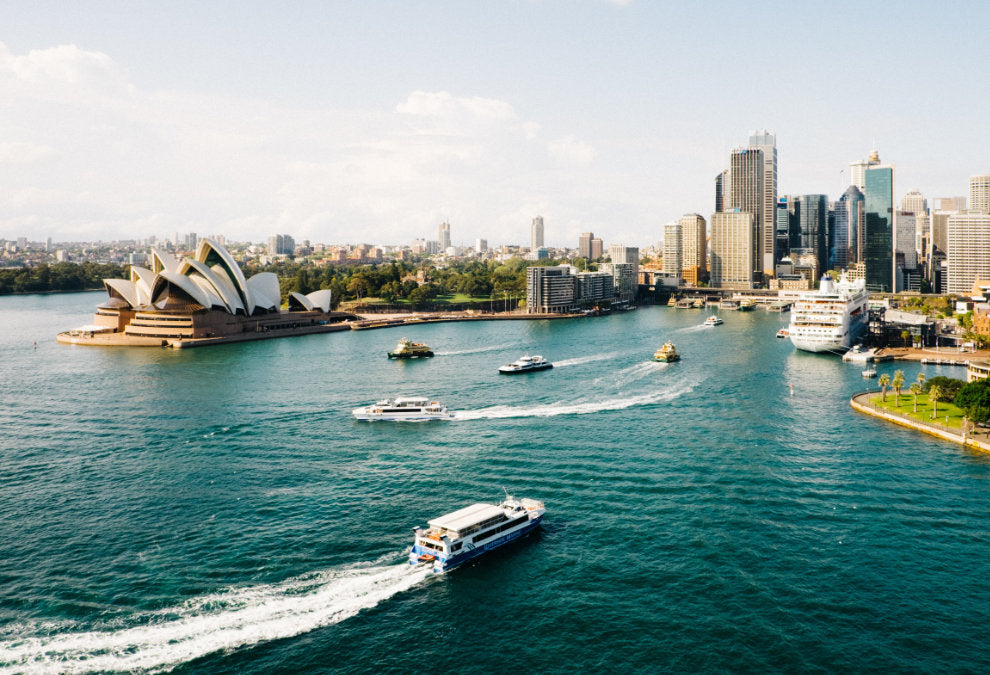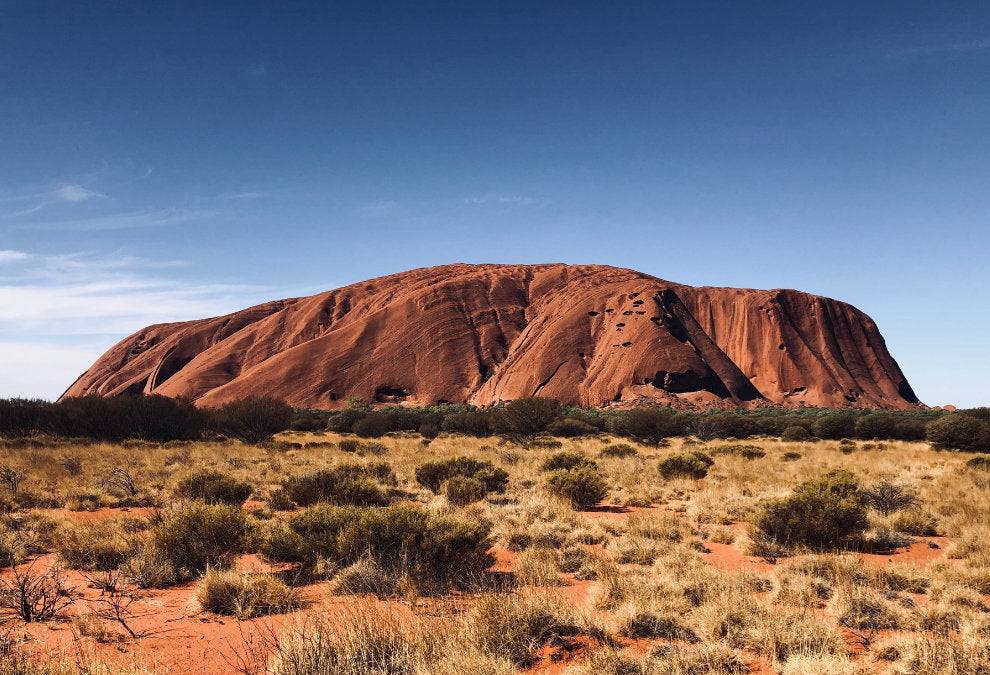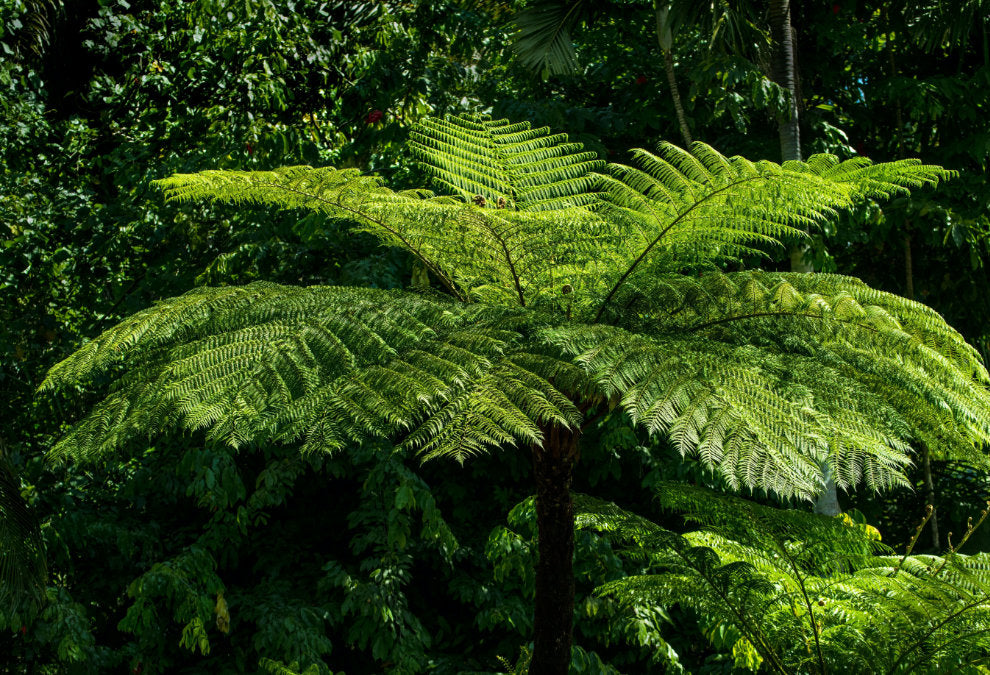
Preserving Australia’s Traditional Aboriginal Cultural Heritage
Sacred Water Dreaming site located on the ancestral homelands of the Warlpiri Aboriginal people in the Tanami Desert region of Central Australia
Tradition is not to preserve the ashes but to pass on the flame.
Gustav Mahler
For over 60,000 years, Australia’s Aboriginal people inhabited an island continent that was largely unknown to the rest of the world until the arrival of European seafarers early in the 17th century.
It is generally believed that the Aborigines were among the first groups of prehistoric humans to leave Africa around 70,000 years ago. From Africa, they ventured across previously untraversed territories in Asia, before making their way to Australia by sea.
The white settlement of Australia began in the latter part of the 18th century. The native peoples were quickly overwhelmed by the invading forces, and within a few years of the founding of the first British colony, the Aboriginal population had been effectively decimated.
In the aftermath of the European conquest, much of Australia’s Indigenous cultural heritage that had once sustained a wealth of traditional knowledge, arts and languages for over 60,000 years was irretrievably lost to the world.
The defeat of the Aboriginal resistance was swift, particularly in the coastal regions where the first white settlements were established. Dispossessed of their homelands and vulnerable to European diseases like smallpox, the destruction of Australia’s native peoples was so catastrophic that by the end of the 19th century, it was believed that the Aboriginal population was heading toward extinction.
Although the impacts of white settlement ravaged the native populations in the eastern parts of Australia, in other parts of the country, there were isolated groups of Aboriginal people who were less affected by these cataclysmic events.
While many of the coastal dwelling tribes had been permanently displaced from their hereditary homelands, the Aboriginal tribes-people in the remote inland desert areas of Central and Western Australia continued to live much as their ancestors had done for tens of thousands of years and were relatively insulated from what was happening in the outside world.
Such was the extent of the geographical isolation of their native lands that the traditional Aboriginal people from the vast, uncharted desert regions of Western Australia remained comparatively undisturbed by contemporary events until well into the 20th century, with some tribes not encountering Europeans until the 1980s.
The last of the tribal groups recorded as making first contact with white people on their desert homelands were the Pintupi Nine from the Gibson Desert region in 1984, and later, a group of seven Aboriginal people from the Great Victoria Desert region in 1986.
Today the ancient cultural traditions and languages of the desert tribes are being preserved for future generations through the auspices of Aboriginal arts centres, that have been established in small and isolated communities across the Central and Western Desert regions.
The names of the desert arts centres are now well known to the curators of major museum and art gallery collections around the world: Utopia, Papunya, Kintore, Balgo, Yuendumu and other community-based art cooperatives.
The Mainie story of melding together authentic Aboriginal art designs and luxurious fashion began at the Warlukurlangu art centre at Yuendumu, a small community about 300 kilometres from the township of Alice Springs in Central Australia.
Founded in 1987, Warlukurlangu is one of Australia’s longest established, Aboriginal owned and controlled arts centres. It supports around 600 artists living in Yuendumu and outstations in the surrounding desert.
The Warlukurlangu centre has long been an important stronghold for the preservation of the traditional culture and language of the Warlpiri Aboriginal people. Isolated from outside influences due to the remoteness of their ancestral lands in the heart of the remote Tanami Desert region, the Warlpiri were among some of the last Aboriginal people in Australia, to make first contact with Europeans.
Today, the last generation of Warlpiri Elders, who were born and raised on their desert homelands before the arrival of Europeans maintain their sacred customs and ceremonies, and still speak their own language. They continue to keep alive their ancient culture and pass on their stories to the next generation.
As this generation of traditional Warlpiri people passes into history, it will mark the closing of one of the most significant chapters in our shared human story. We will lose forever some of the last of our First Nations People, who hold an uninterrupted physical bond to the country of their ancestors, and an unbroken spiritual connection to an irreplaceable culture that spans back to the dawn of humanity.
Mainie recognises the importance of our mission to support the preservation of Australia’s unique Indigenous cultural heritage. Our investment in Aboriginal owned art centres, such as the Warlukurlangu Artists, in remote Central Australian communities provides much needed opportunities for Aboriginal women, to not only earn an independent income from their own work, but to also assist them to preserve their time-honoured Dreamtime stories for future generations.
The Aboriginal art designs in the Mainie fashion collection have all been ethically acquired under licence, in accordance with the Indigenous Art Code.
Under the terms of our licensing agreements with the Aboriginal art centres, we purchase the original artworks from the artists at the prices they set. The Aboriginal artist retains the copyright to their original artwork and receives royalties from the reproduction of their designs.
The royalty payments are the major source of income to the artists, as they are regular and ongoing, whereas the original artwork purchase is a one-off payment.
In the Mainie design collection, we have artworks, that were originally purchased for a few hundred dollars, but have since, returned many thousands of dollars in royalty payments to the Aboriginal artists. If an artist passes away, their royalties continue to be paid to their families.
Mainie is committed to supporting the economic empowerment of traditional Aboriginal women who continue to live on their ancestral homelands.
Mainie recognises that when we invest in women in disadvantaged communities, we are investing in the people who invest in everyone else.
Every Mainie we make gives back to the Aboriginal woman artist
who created the original design, to elevate and empower her,
her family and her community.
Proudly Australian owned and operated, Mainie is a Supply Nation verified Indigenous owned business and an Indigenous Art Code approved dealer member.
For more information about Mainie, please visit our website: https://www.mainie.com.au

